- Home
- entertainment
- A photographer got an exclusive look at Elizabeth Taylor's home, clothing, and jewelry collection just before she died - here are her stunning photos
A photographer got an exclusive look at Elizabeth Taylor's home, clothing, and jewelry collection just before she died - here are her stunning photos
Opie gained access to 700 Nimes Road — Taylor's residential address outside of Beverly Hills — through her accountant, who also happened to be Taylor's.

Having never been inside the house, Opie approached the project with "a complete sense of discovery," she said. For six straight months, Opie would visit two or three times a week to shoot.
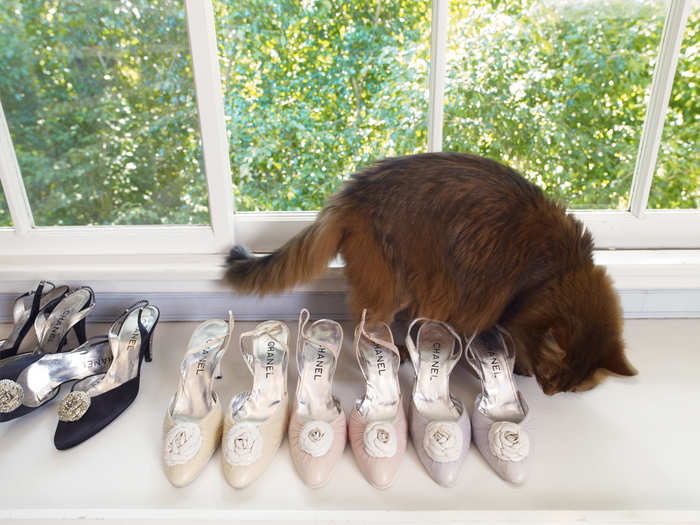
Taylor's delicate, feminine belongings, and her eye for pastel colors, created a "quiet and soft" atmosphere, according to Opie.

After her death, Taylor's jewelry collection, which included over 300 individual jewels, was auctioned off at Christie's for $137.2 million, a record-breaking sale.

This Bulgari yellow diamond ring sold for $962,500.
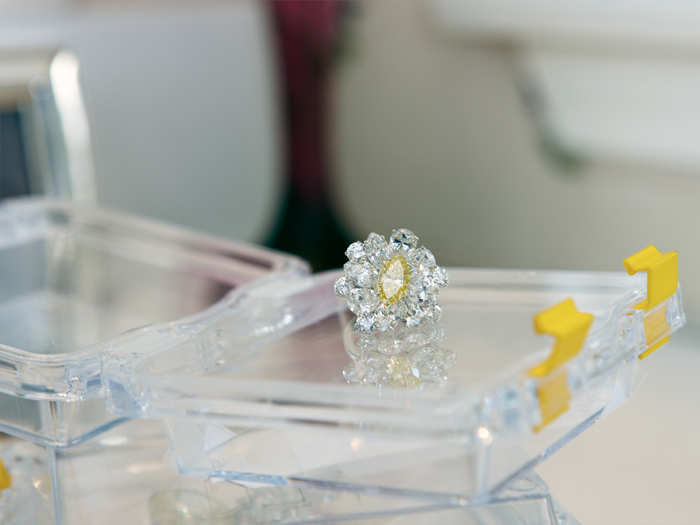
The famed Krupp Diamond, which is 33.19 carats, was given to Taylor in 1968 by her then-husband, Richard Burton. The ring sold for $8.8 million during the auction in 2011.
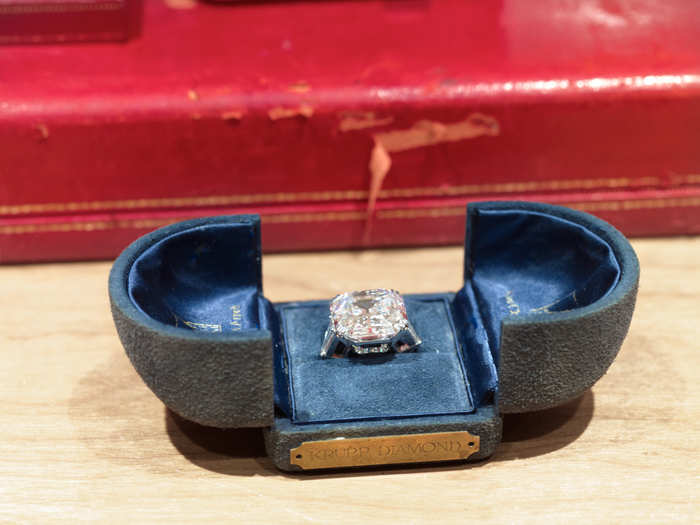
Taylor's yellow wedding dress from her 1964 marriage to Burton remained intact in its box. Opie was sure to "encapsulate her belongings in a way that went beyond feeling like an archive or a catalog," she said.
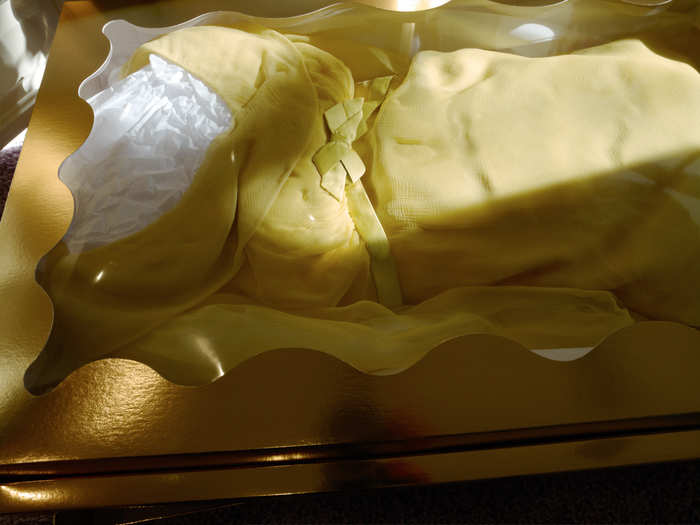
"There's a moment that you are actively photographing and you are aware that you are trying to capture the intention of the person," Opie said. Taylor, who was an important figure in the public fight against HIV/AIDS, devoted much of her life to speaking out both in Congress and to the press about the epidemic.

I heard of [Taylor's] death the day that she passed ... it was hard even though I didn't have a personal relationship with her," Opie said. "I became very emotionally involved with the people who were with her on a daily basis in her life.
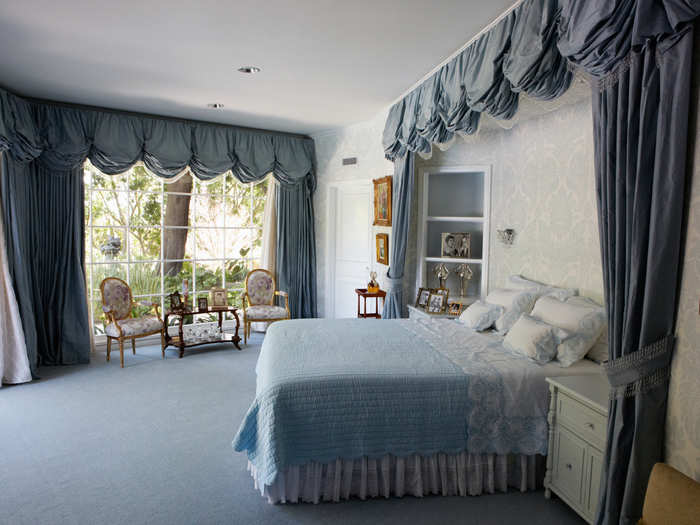
Once Taylor died, the house "wasn't such a quiet little sanctuary for me anymore," Opie said. "It was really about trying to finish the body of work as the house was getting ready to be sold as well as the objects."
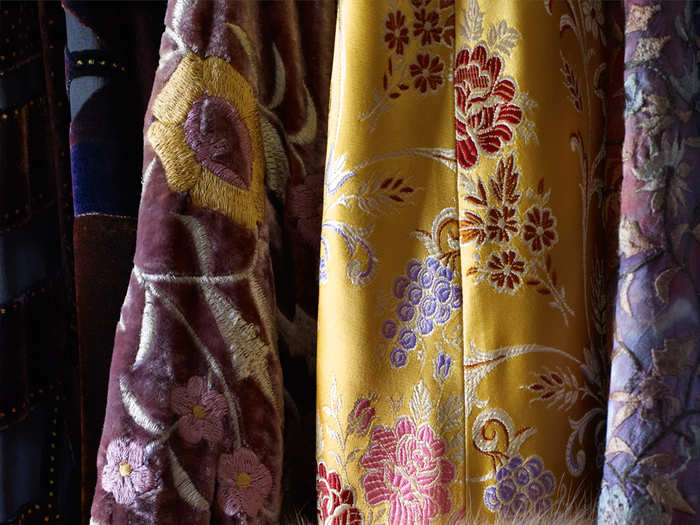
Luckily, Opie didn't run into many other roadblocks while finishing up her work. "The trustees and people involved in Elizabeth's life and her family gave me such incredible permission to make this body of work, and it was a huge gift for me in my life," she said.
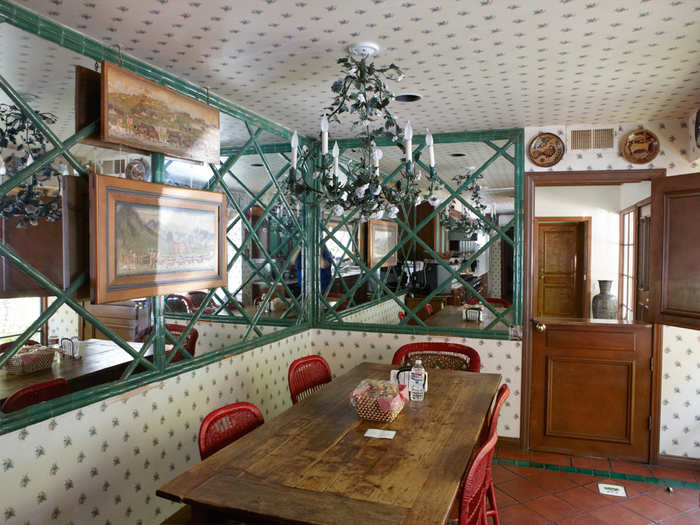
Opie noted that a deeper "sense of nostalgia" began to seep into the items as she finished up the project, and her experience with the work continued even after she was done shooting — editing down her 3,000 images to just 129 for the final product, her book "700 Nimes Road".

Popular Right Now
Advertisement